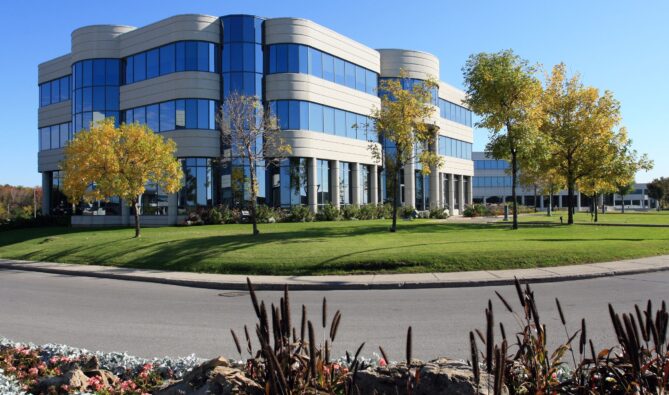AI won’t replace property managers. But property managers who use AI will replace those who don’t
Commercial property management is full of moving parts: leases that run hundreds of pages, tenant calls that must be documented, never-ending work orders, and financial reports that eat up entire afternoons. Most leaders in our industry know the feeling: we’re buried in the details, and it can slow down the decisions that really move the business forward.
That’s where AI is beginning to make a real difference. Tools like large language models and transcription platforms such as Plaud aren’t about replacing property managers or accountants. They’re about clearing the clutter so teams can focus on higher-value work.
Imagine having a new lease summarized in minutes instead of hours or days. The key dates, rent escalations, and unusual clauses are all highlighted, so leaders can move quickly without fearing they missed something in the fine print. Think about tenant and vendor calls. Instead of relying on memory (or hoping someone took notes), transcription tools capture the conversation automatically, tag action items, and even draft follow-up emails. Suddenly, communication is sharper, accountability improves, and nothing falls through the cracks. Maintenance is another area where AI shines. Work orders don’t just sit in a system waiting for someone to respond – they can be categorized, analyzed, and even used to predict when equipment is likely to fail. That shift from reactive to proactive saves money and keeps tenants happier. And then there’s reporting. Anyone who has worked on monthly reporting packages knows how much time it drains. With AI, first drafts are generated instantly, anomalies are flagged, and trends are surfaced. Leaders still review and approve, but the insight comes faster and often better.
Of course, AI isn’t perfect. Data privacy and accuracy matter, and no tool should replace human judgment. But when used wisely with clear guardrails and people in the loop, AI becomes a force multiplier.
Those of us who embrace this shift now will stand out. Owners, tenants, and investors will gravitate toward platforms that are smarter, faster, and more reliable. For CRE leaders, the real question is no longer if AI belongs in property management. It’s how quickly you’re willing to bring it into your operation.



